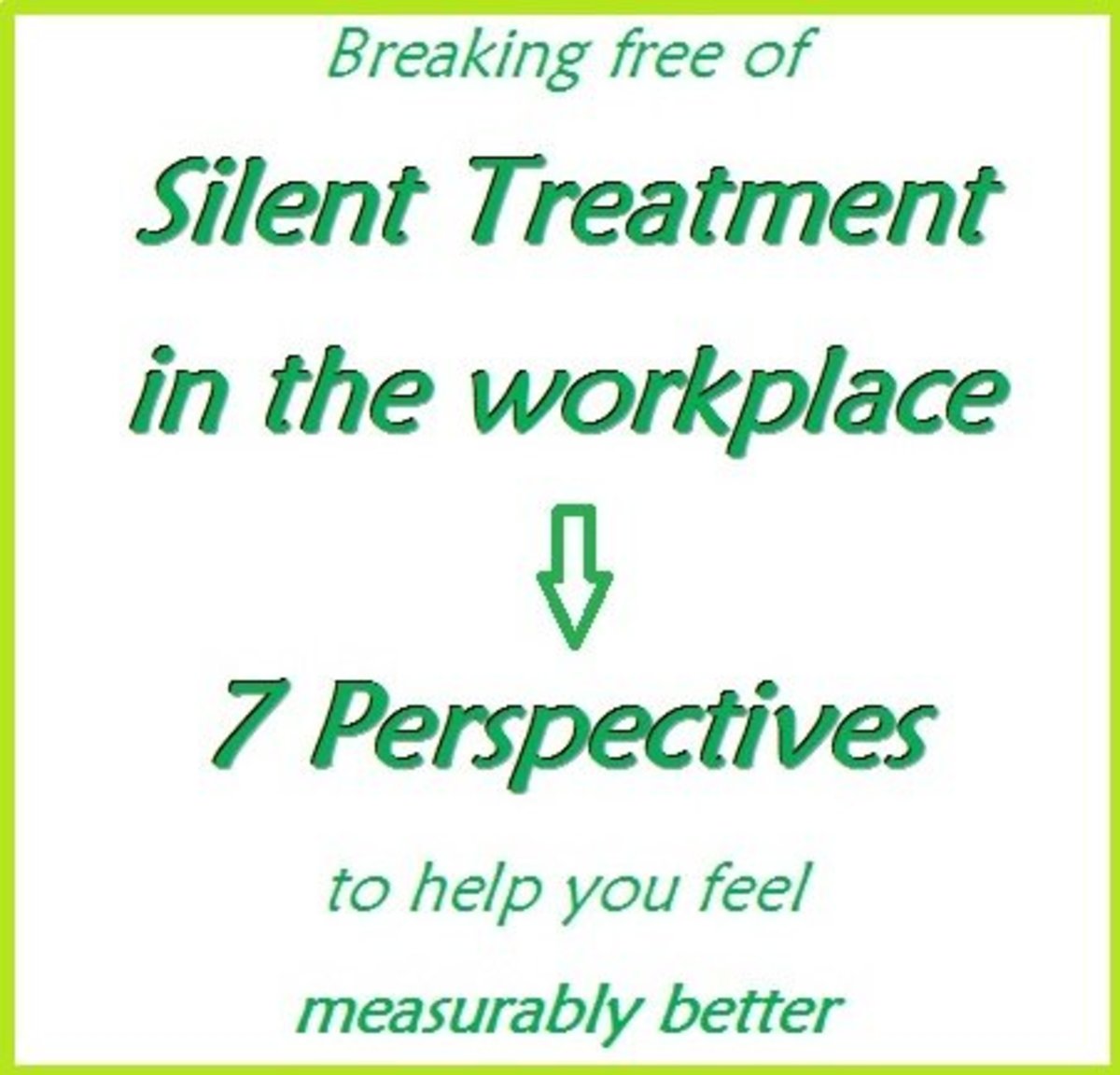3 Must-Have Tools for Communicating with Employees

Don't Keep Them in the Dark!
Business leaders are often baffled by the lack of production of team members. Managers jump to the conclusion that employees are lazy or just don’t care. Business owners scratch their heads wondering why employees can’t get on board with the direction of the business. When production falls off, the bottom line goes soft, profits begin tumbling, and then business leaders begin pointing fingers. It becomes difficult for those leaders to look for blame anywhere else. If they could only look at how they are communicating their message to employees, they might see where the problem rests.
Mission Impossible
When business leaders spend time constructing a well-designed, thoughtful Mission Statement for the business, it brings joy to the constructors. The feeling one gets when a Mission Statement is completed is one of satisfaction, of joy. It is as if there has been a cleansing of the mind. Business leaders feel a sense of accomplishment knowing that they now have a roadmap for all in the organization to follow. There might even be Champaign classes clinking celebration the completion.
What typically happens next is that this well thought-out document finds a home on the wall in the lobby or behind the receptionist’s desk. There it hangs for all to see like a family crest or a country’s flag. Unfortunately, that is all it becomes. Customers might read it while waiting for service or an appointment, or occasionally an employee might look at it and wonder, “When did we get that?” Over time, the Mission Statement becomes meaningless.
The smart players in business work hard on their Mission Statement as well and they too celebrate the completion of it. The big difference however is that these business leaders use the Mission Statement as a communication tool, not for customers, but for their employees. Their Mission Statement is the guiding light for the business. It is the compass for their ship. It is the statement that communicates to all involved in the process of the mission that this is what we are all about; this is what we fall back on when there are any doubts as to the direction we are going to take as a business. It serves as one of those maps in the mall that says, “You are here,” and it tells all where we want to be.
Here is an example of a Mission Statement from Advanced Auto Parts:
It is the Mission of Advance Auto Parts to provide personal vehicle owners and enthusiasts with the vehicle related products and knowledge that fulfill their wants and needs at the right price. Our friendly, knowledgeable and professional staff will help inspire, educate and problem-solve for our customers.
That is easy to follow and understand.
Here is another one from Microsoft that is more broadly written: At Microsoft, we work to help people and businesses throughout the world realize their full potential. This is our mission. Everything we do reflects this mission and the values that make it possible
A good Mission Statement will define what the business is all about. Once this is communicated to all employees, not just new employees during orientation, but all employees, everyone understands the business more clearly. The Mission Statement should be memorized by all team members. It should be recited at company parties and included as a frequent reminder in company emails and other correspondence.
What’s Your Function?
The second must-have tool for communicating is the Job Description. Every employee should have one. It is not just for posting for job candidates. It should be used to communicate to the employee what is expected of them. One difference from traditional job descriptions I like to include is how the employee’s job function contributes to the goals of the business. In other words, tie the job description to the Mission Statement. This eliminates a lot of confusion and business leaders won’t hear much, “Why do I have to do this?” Team members will know how the dots connect. Additionally, employees that know how their work contributes to the success of the business are more likely to perform at a higher standard.
Warning: Job Descriptions are guidelines. They are to remain flexible communicating to the employee what is expected of them, how their job contributes to the overall success of the business, but with wiggle room for creativity. The Job Description should not stifle imagination and creative thinking. The Job Description should be constructed in a way that empowers the employee to make mistakes for the sake of seeking better ways to perform or better methods of production. Remember, it is another communication tool that is needed in any business.
20/20 Vision
The final must-have tool for communicating with employees is the company’s Vision Statement. These usually take a little more time to construct, but worth the effort. They should be clear, inspiring, and concise. The less words used, the better it will be. Like the Mission Statement, the Vision Statement should be used to communicate to the team of where the company is going. The difference between the two is that the Mission Statement reflects core values, identify and purpose, while the Vision Statement depicts a broader image of the future. It spells out the future that the business wants to create. Some businesses combine the two and call it a Mission Statement, but I like the idea of having a separate Vision Statement.
As with the Mission Statement, the Vision Statement should be explained to all team members and memorized as well. This tool helps team members to know that what they are doing now, based on their Job Description (knowing what they should be doing), and the Mission Statement, (knowing what defines the company), is helping to drive the business toward the Vision Statement (the future).
Begin using these three tools today and watch how dramatically your business changes. Notice how more of your team members get on board with a clearer sense of direction and purpose.






